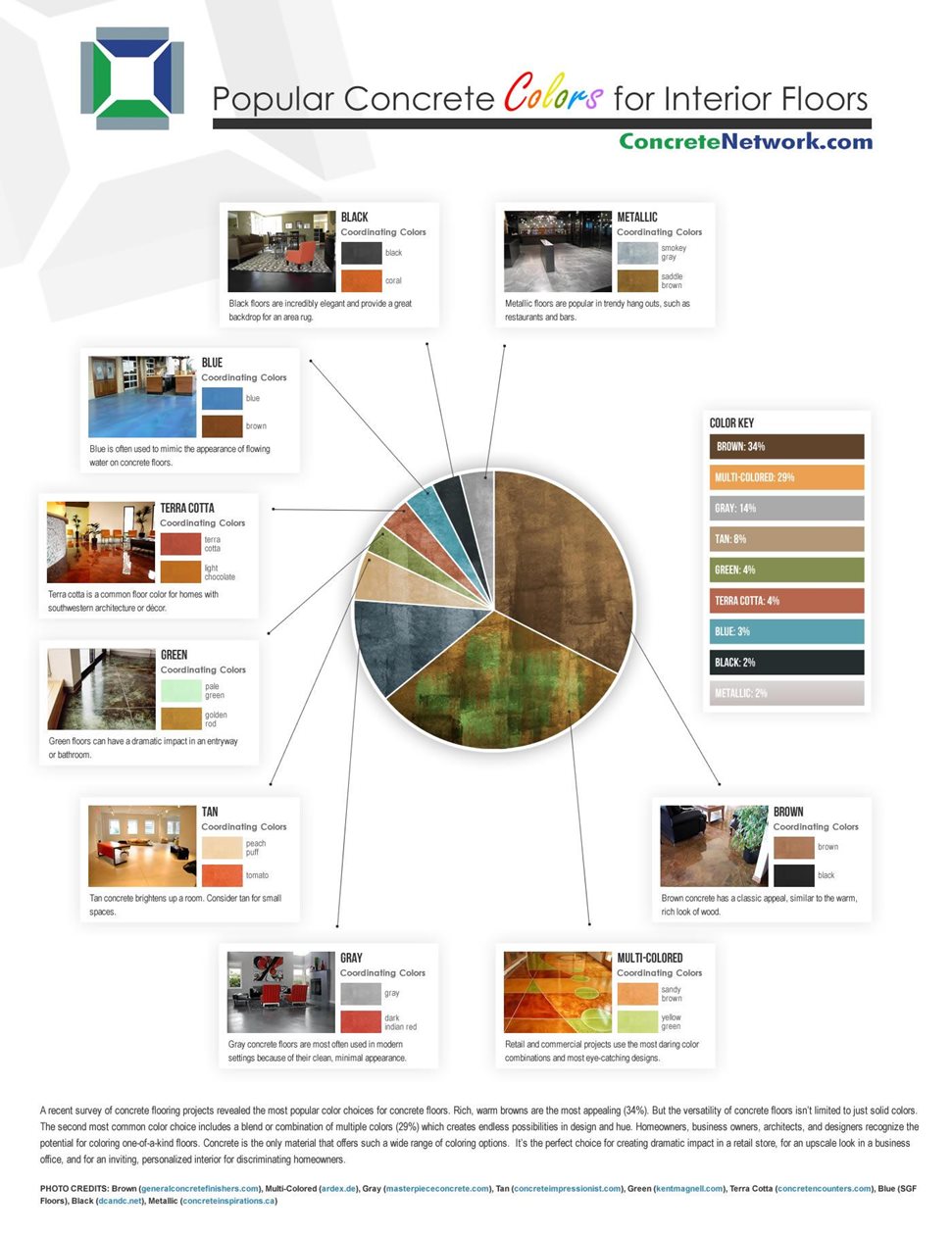Exactly How To Budget For Your Floor Covering Job: A Practical Overview
Exactly How To Budget For Your Floor Covering Job: A Practical Overview
Blog Article
Personnel Author-Elgaard Kamper
When you're preparing a floor covering project, budgeting isn't just about selecting a number; it's about recognizing what you truly need and the prices included. You'll want to assess your specific needs, study various materials, and prepare for unanticipated costs. Think of just how aspects like room objective and installation approaches can influence your budget. But before you enter, there are some critical details you may neglect that can substantially influence your general costs. Let's explore exactly how to navigate these intricacies and guarantee your project remains on track.
Assessing Your Flooring Demands
Before diving right into your floor covering job, it's vital to evaluate your flooring requires. Beginning by thinking about the particular areas where you intend to mount brand-new floor covering. Consider the purpose of each space. For instance, kitchens and bathrooms call for water-resistant materials, while living areas may benefit from convenience and visual appeals.
Next, evaluate the existing conditions of your floors. Exist any kind of architectural problems, such as irregular surfaces or moisture problems? Dealing with these issues early can conserve you time and money down the line.
Also, bear in mind of the measurements of each space to figure out just how much floor covering you'll need.
Do not fail to remember to consider your lifestyle. If you have pet dogs or young youngsters, resilience might be your leading concern, while a more official area may call for an elegant surface. Furthermore, think of your style preferences. Do you choose a classic appearance, or are you drawn to modern designs?
Finally, be concrete sealing company nearby regarding how much maintenance you're willing to dedicate to. Some products require more maintenance than others. By understanding your demands plainly, you'll be much better equipped to make informed choices as you move forward with your flooring project.
Estimating Costs and Products
Estimating costs and materials is a critical step in your flooring task that can substantially influence your general spending plan. Start by measuring your area precisely to determine just how much floor covering you'll need. For most products, you'll find rates by square foot, so collect quotes from different vendors to obtain a sensible figure.
Next off, take into consideration the sort of flooring you want. Choices like wood, laminate, floor tile, or rug all included various cost points. Research the prices for each and factor in any type of additional materials like underlayment, glue, or change strips.
Don't forget to include devices if you're planning a DIY setup, as renting out or buying equipment can contribute to your expenditures.
Labor prices are another vital factor to consider. If you're working with professionals, obtain price quotes from several contractors to guarantee you're obtaining a fair price. Be clear about the scope of work to stay clear of unanticipated charges later on.
Lastly, it's a good idea to allot a small percentage of your budget for any unexpected prices associated with products. By completely estimating your costs and products ahead of time, you'll set yourself up for a smoother and more manageable floor covering job.
Preparation for Hidden Expenditures
Many house owners forget the hidden costs that can emerge during a floor covering project, which can bring about budget overruns. To prevent this, you require to prepare for prospective additional prices.
First, think about the problem of your existing subfloor. If it's damaged or irregular, you'll likely need fixings or leveling, which can include substantially to your overall cost.
Next off, think about elimination and disposal charges for your old flooring. Lots of specialists bill additional for this service, so variable that into your spending plan.
Furthermore, don't ignore the expenses of underlayment, which may not be consisted of in the preliminary quote yet are necessary for a successful setup.
You should likewise plan for unpredicted issues, such as plumbing or electrical job if your floor covering project entails moving fixtures. It's smart to allot a minimum of 10-15% of your complete allocate these unanticipated expenses.
Lastly, keep in Click Link that permits might be needed for sure installations. Constantly inspect https://andresdinsx.blogpixi.com/32441816/on-the-verge-of-employing-a-floor-covering-professional-discover-vital-inquiries-that-could-expose-critical-understandings-before-making-your-final-decision to stay clear of penalties or hold-ups.
Conclusion
Finally, budgeting for your flooring project is necessary for an effective outcome. By assessing your needs, approximating costs, and preparation for hidden expenditures, you'll prevent shocks and remain on track. https://www.realsimple.com/home-organizing/cleaning/tricks-to-clean-any-type-of-floor in mind to allot a portion of your allocate unexpected expenses and keep a detailed break down of your expenditures. With mindful planning and consideration, you'll produce an attractive room that satisfies your requirements without breaking the bank. Satisfied floor covering!
